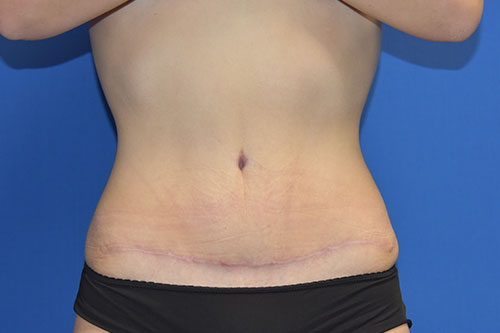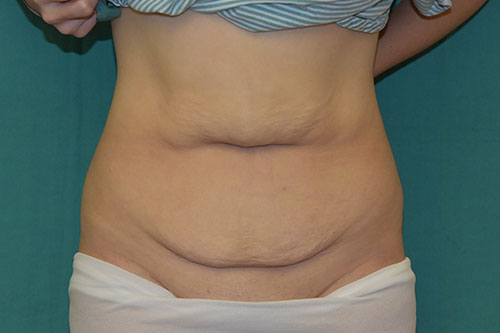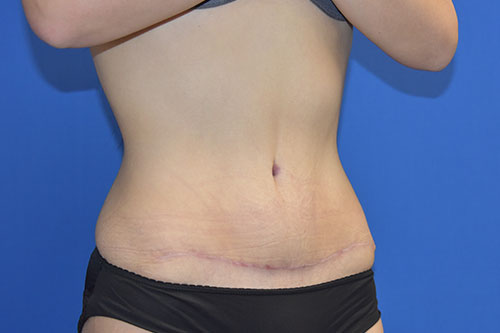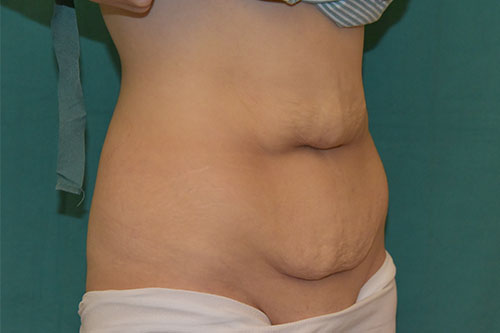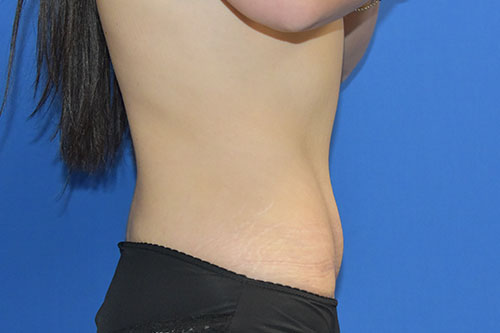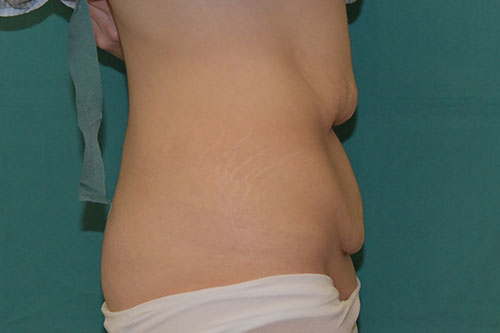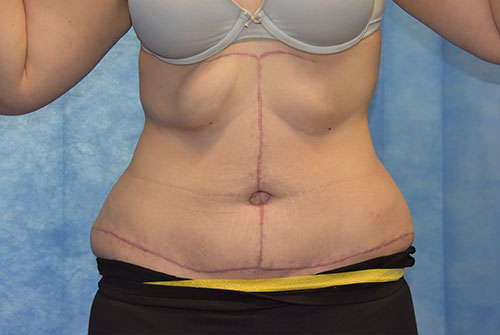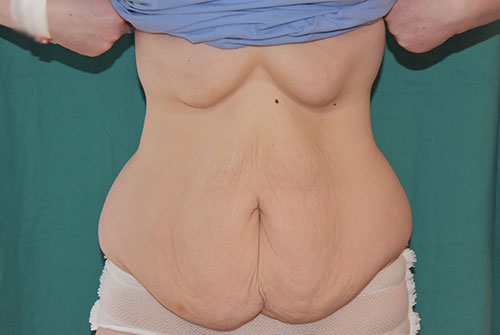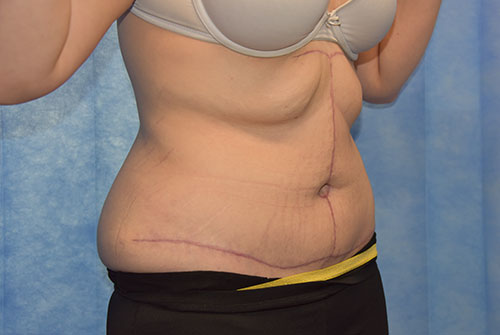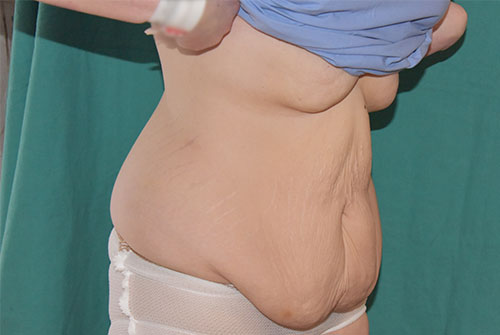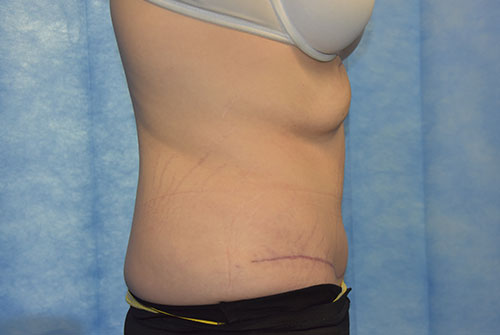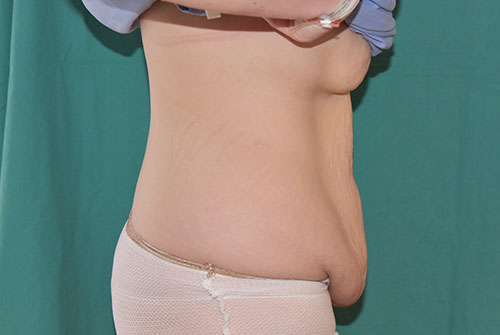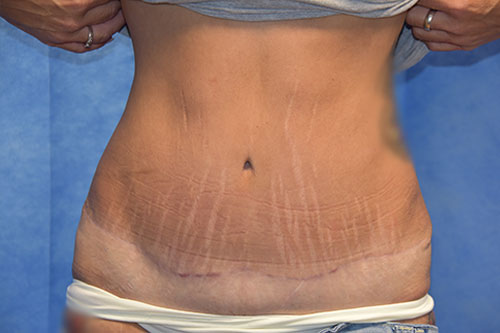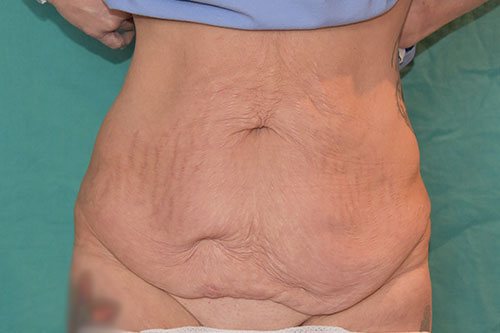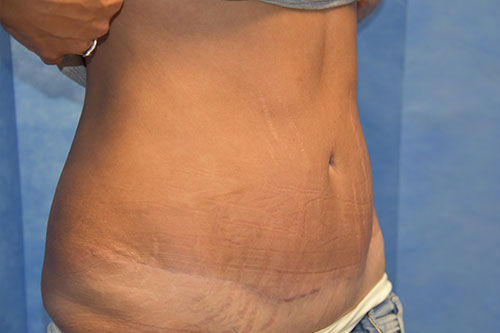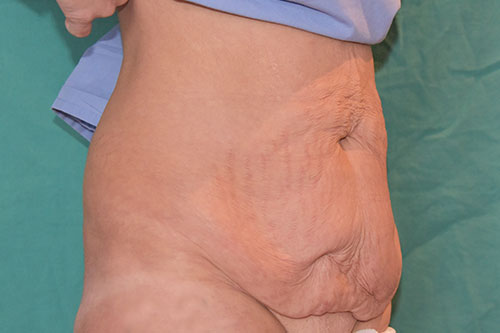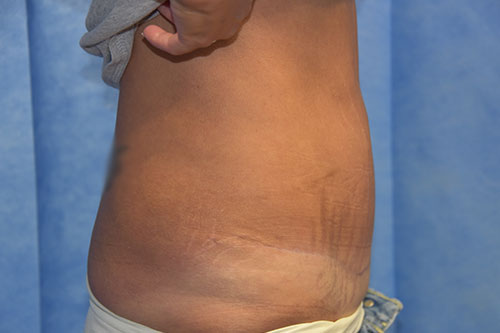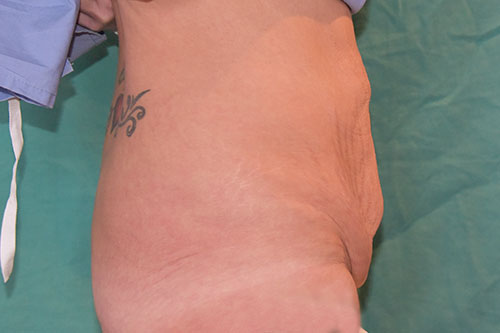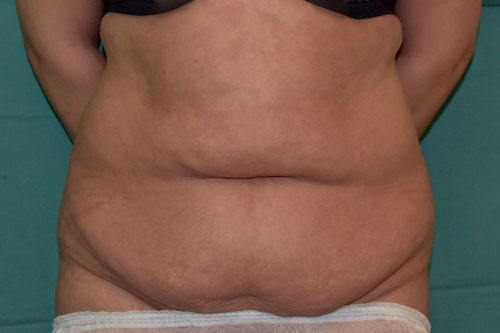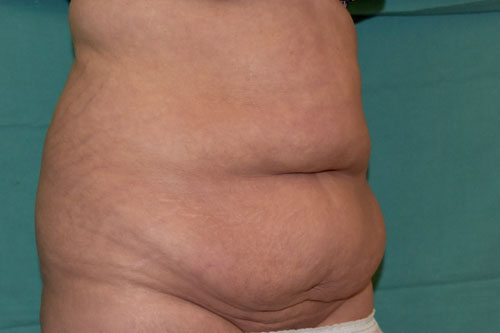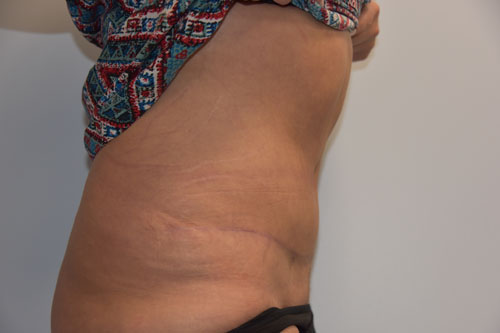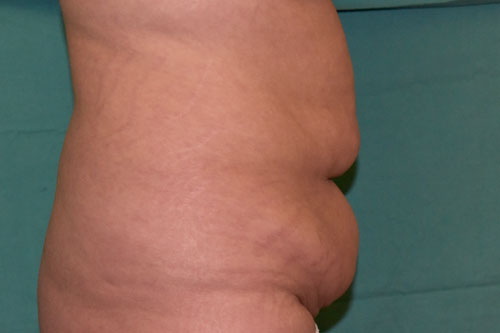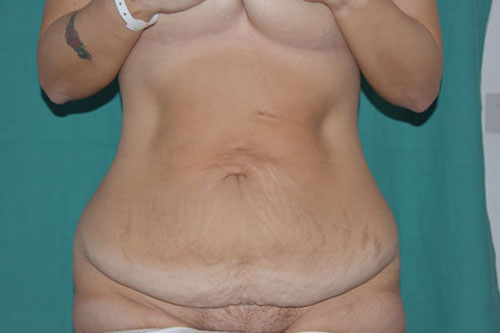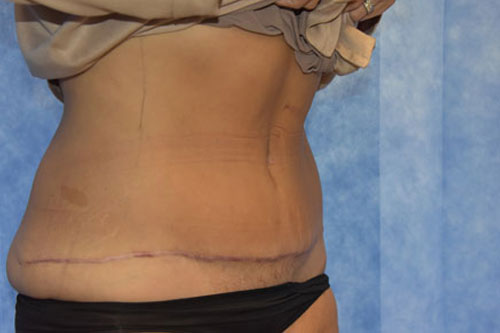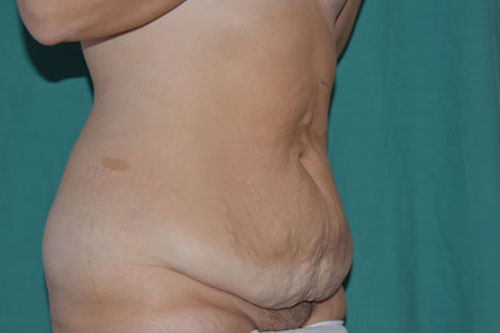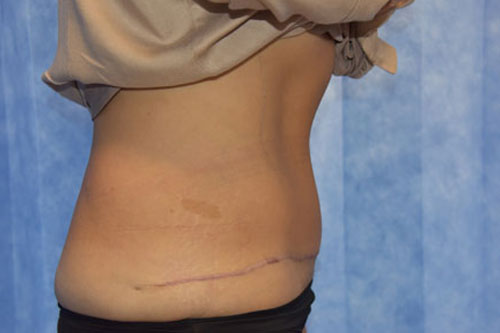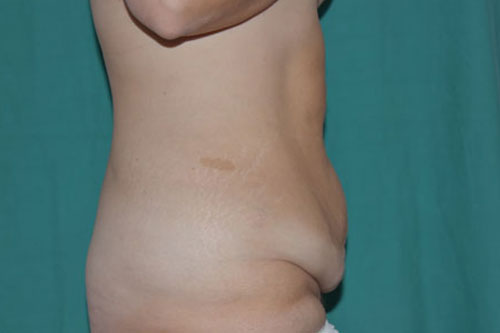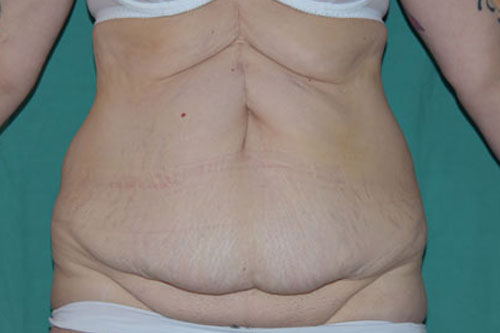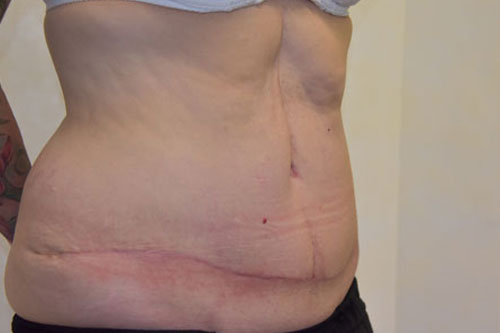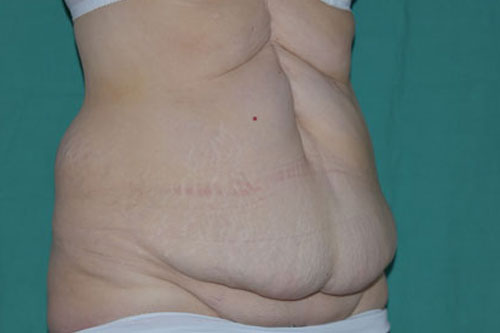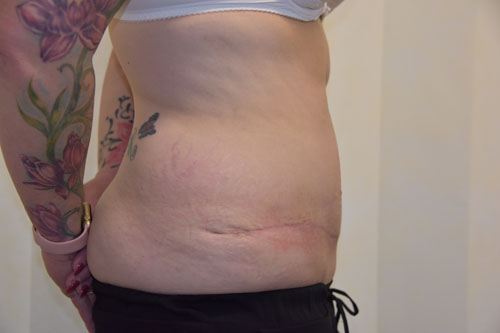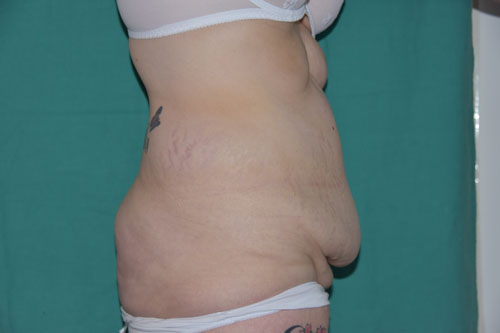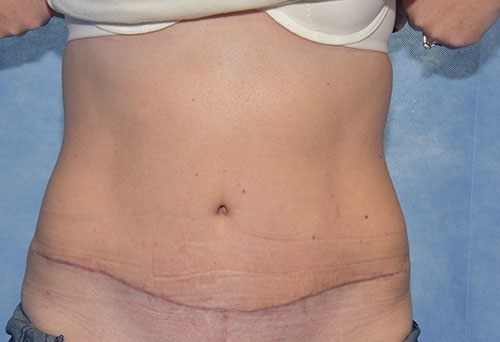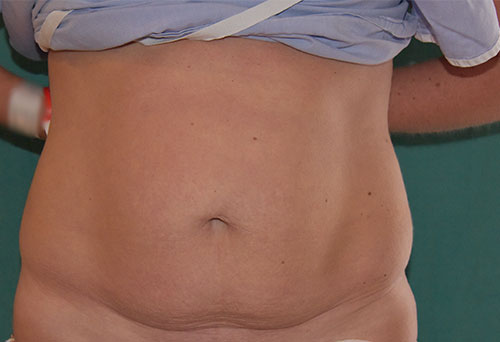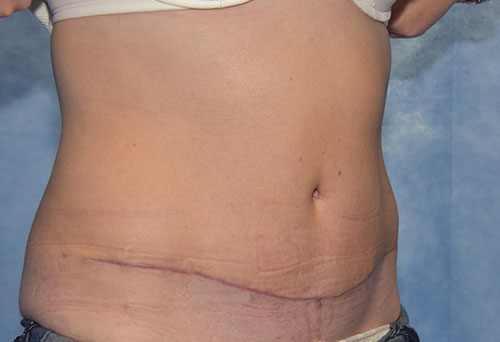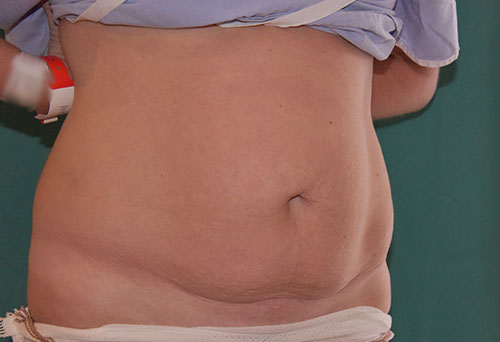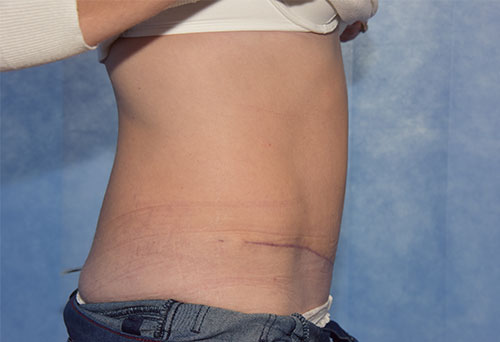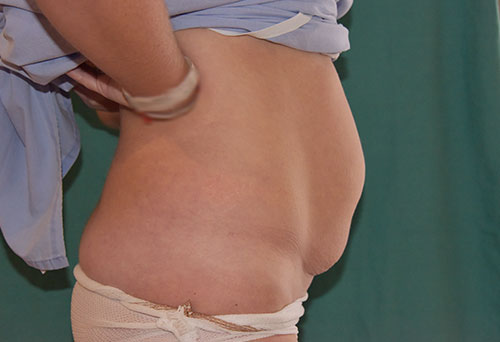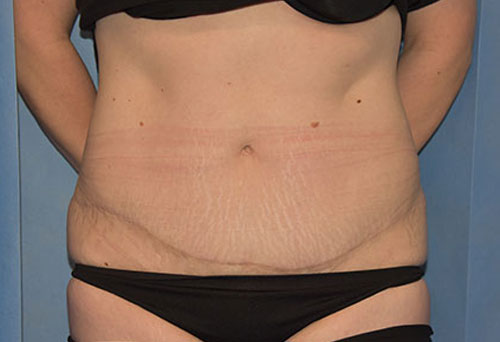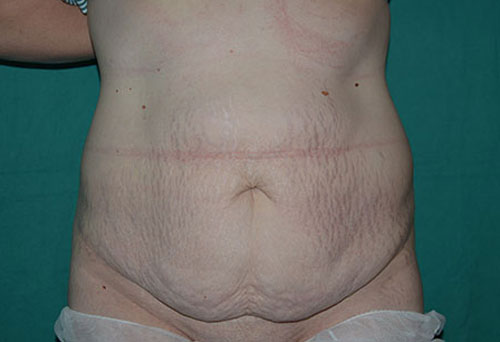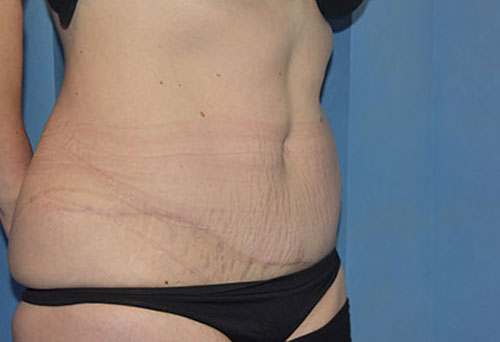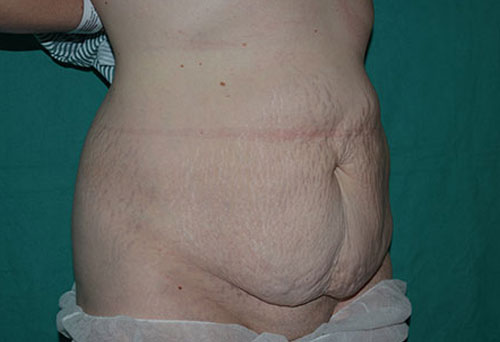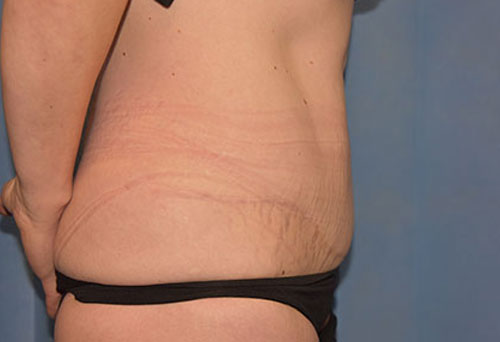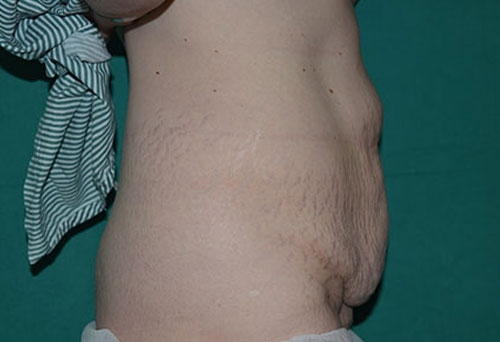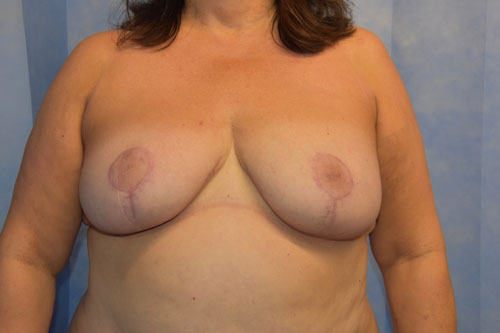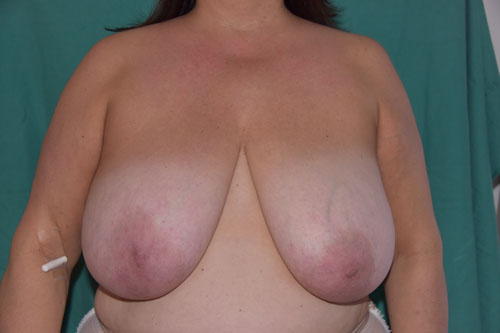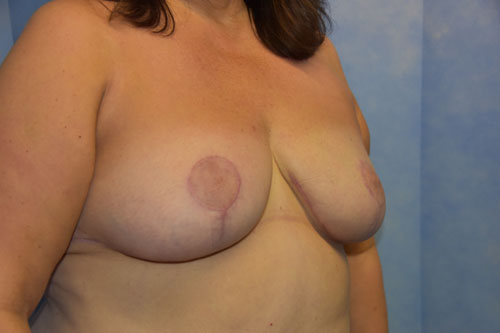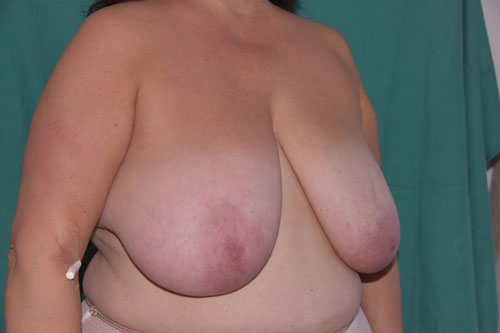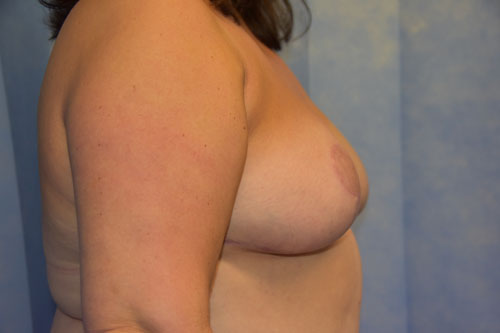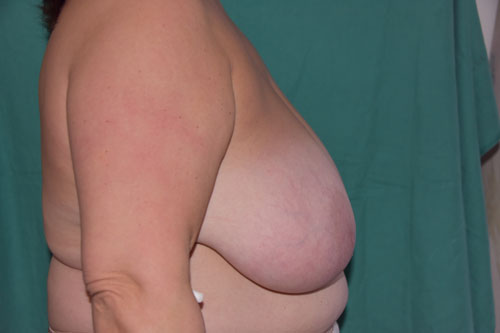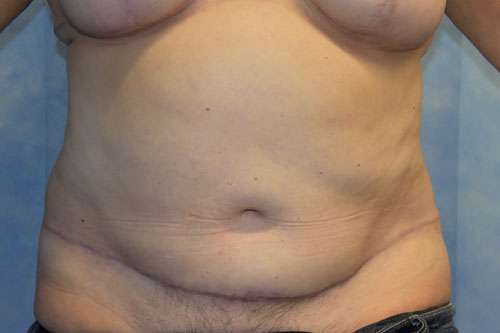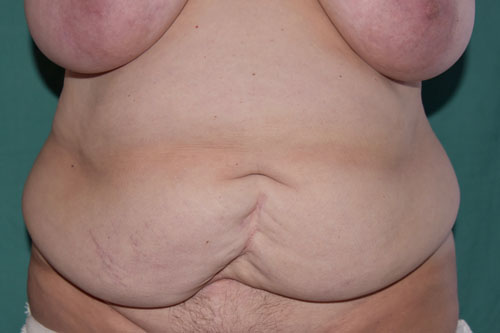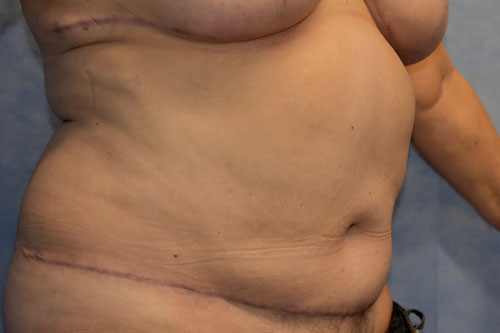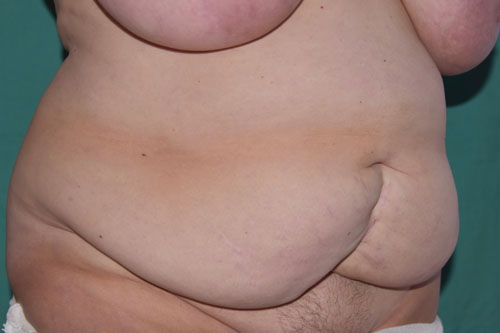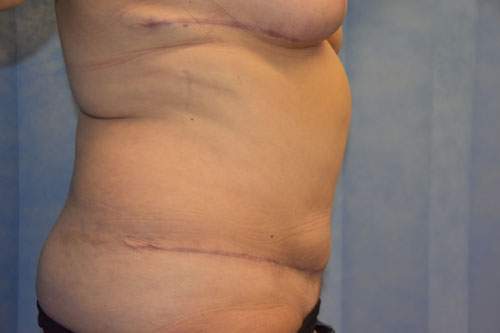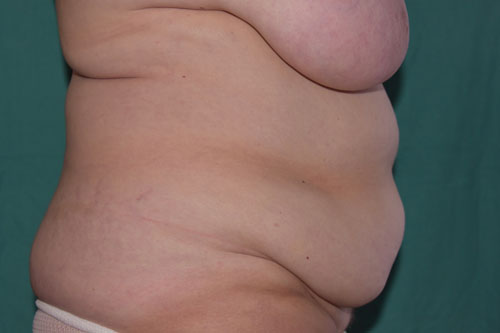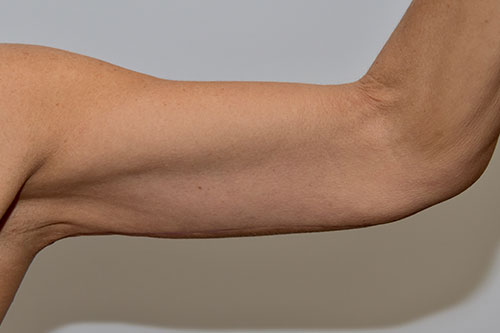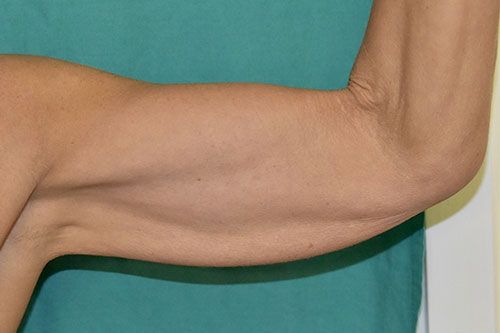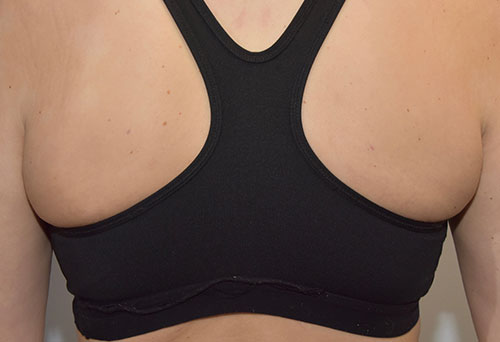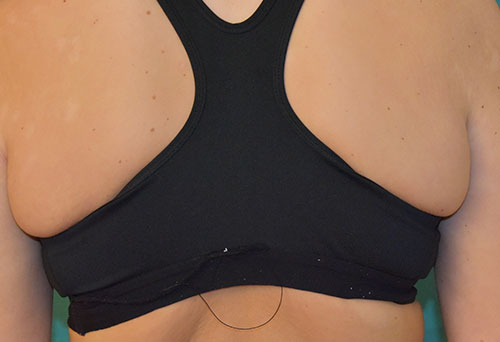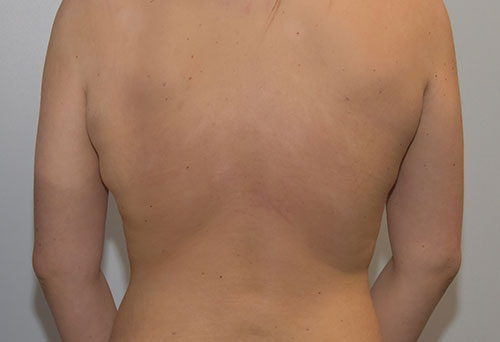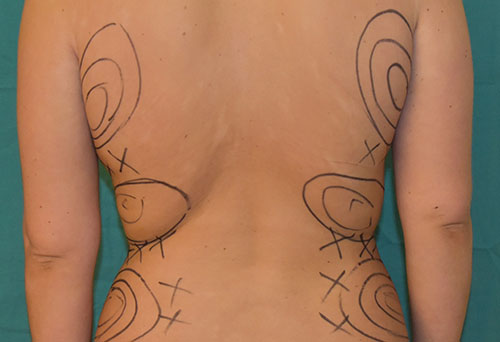Body
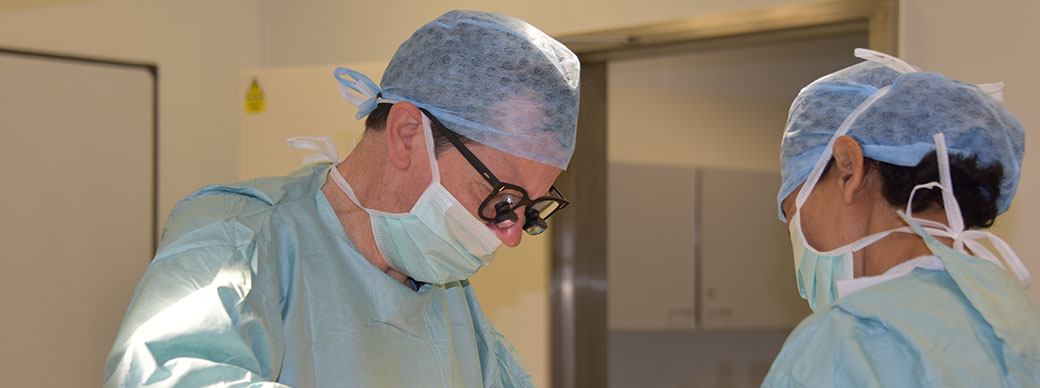
Abdominoplasty
There are a variety of abdominoplasty, or tummy tuck, procedures available, and operations can be tailored to suit a patients wishes and needs.
Generally speaking, however, tummy tucks are most commonly carried out to remove excess skin, unwanted scars, stretch marks and fat, and to tighten the stomach muscles.
Full abdominoplasty
For patients who have significant skin laxity, excess fat and separation of the muscles, a classic tummy tuck is the most common procedure. Performed under general anaesthetic, this operation can require patients to be in hospital for two or three days.
During the operation, an incision is made from hip to hip and around the umbilicus. The excess skin and fat is excised from the umbilicus to just above the pubic hair. The muscles above and below the umbilicus are tightened. The skin is then sewn up to give a circular scar around the umbilicus and a long scar across the lower abdomen. Although this operation leaves a large scar, it does provide the greatest improvement in abdominal shape. Patients who are thinking about becoming pregnant should not undergo this procedure, and should wait until they are sure they are not having any more children.
Further information can be obtained from the BAAPS and BAPRAS websites.
Abdominoplasty. 30 year old abdominoplasty 0.6 Kg removed. Photos taken 3 months post op.
Fleur de Lys abdominoplasty. 25 year old 2 months after Fleur de Lys abdominoplasty and 2.4 Kg removal.
Abdominoplasty. 50 year old abdominoplasty with 4cm rectus plication 0.75 Kg removed. Photos taken 6 months post op.
30 years old. 1.6 Kg removed and 600mls of fat removed by liposuction. 4 months post surgery.
Abdominoplasty 45 years old. 2 Kg removed with liposuction to flanks and 3 cm rectus divarification repair. 5 months post surgery.
Abdominoplasty 50 years old 1.6 Kg removed. 3 cm divarification repaired. Photos taken 1 month post op.
Abdominoplasty 1 Month post op, 3cm divarification repair
Abdominoplasty 1 year post op 1 kg removed and 3 cm divarification repair
Breast reduction and abdominoplasty. 55 years old. Very heavy breasts with physical symptoms and abdominal overhand with extensive scarring from previous surgery. 940 grams removed from Right breast 920 grams from Left with inferior pedicle technique. Abdominoplasty with 2.7 Kg removed and small amount of rectus sheath plication. Post op photos at 6 months.
Arm reduction
If you have loose or sagging skin on your upper arms, arm reduction surgery, also known as brachioplasty or arm lift surgery, could help to give you slimmer, more shapely and youthful looking arms. The procedure reduces the amount of loose skin that leads to 'bingo wings' or 'bat wings', and may give women back the confidence to wear short sleeved clothes again. It is often performed when substantial weight loss has resulted in loose, sagging skin that can't be improved through regular physical activity.
For most patients Mr Platt uses a combination of liposuction and excision with a scar that runs down the inside / back of the arm. Drains are not normally needed and the stitches are all dissolving.
Arm reduction pre and 3 months post op photos
Thigh reduction
If you have loose or sagging skin on your thighs, reduction surgery, also known as thigh lift surgery, could help to give you slimmer, more shapely and youthful looking legs. It is often performed when substantial weight loss has resulted in loose, sagging skin that can't be improved through regular physical activity. For most patients Mr Platt uses a combination of liposuction and excision with a scar that runs down the inside of the thigh. Sometimes there is a T shaped scar at the top or an upside down L. Drains are often needed and the stitches are all dissolving.
Liposuction
Mr Platt uses liposuction to help correct and improve bodily contours in areas that are resistant to weight loss either as a stand alone procedure or in conjunction with procedures such as abdominoplasty. Liposuction works by removing pockets of fat in areas that are beyond the reach of diet and exercise. It is most effective for people who are near normal weight and have firm, elastic skin. It should not be thought of as a substitute for losing weight. The areas that are most commonly treated by liposuction are the tummy, hips, buttocks, thights, knees, neck, upper arms and male breasts. Mr Platt uses a powered liposuction system (microair) that vibrates a thin, hollow tube called a cannula that is inserted through the skin through tiny incisions. The cannula is then used to loosen the fat and create a nicer shape within the body part being treated. A suction device is attached to the cannula, and the fat is sucked from the body.
Lioposuction to a stubborn area of fat on the posterior chest and flanks pre and 3 month post op photos
Labiaplasty
Labiaplasty is a surgical procedure to reduce the size of the inner lips of the vagina, known as the labia minora. This operation is often requested on cosmetic grounds, but also for functional reasons. Some women find that oversized or elongated labia can prolapse into the vagina during sexual intercourse, while others report discomfort in certain articles of clothing. During the operation for most patients Mr Platt removes a wedge of tissue from the labia minora to make them smaller. It is a relatively straightforward procedure that usually yields good results. Most patients find that the area is well healed after two weeks, and is fully back to normal after six weeks.
